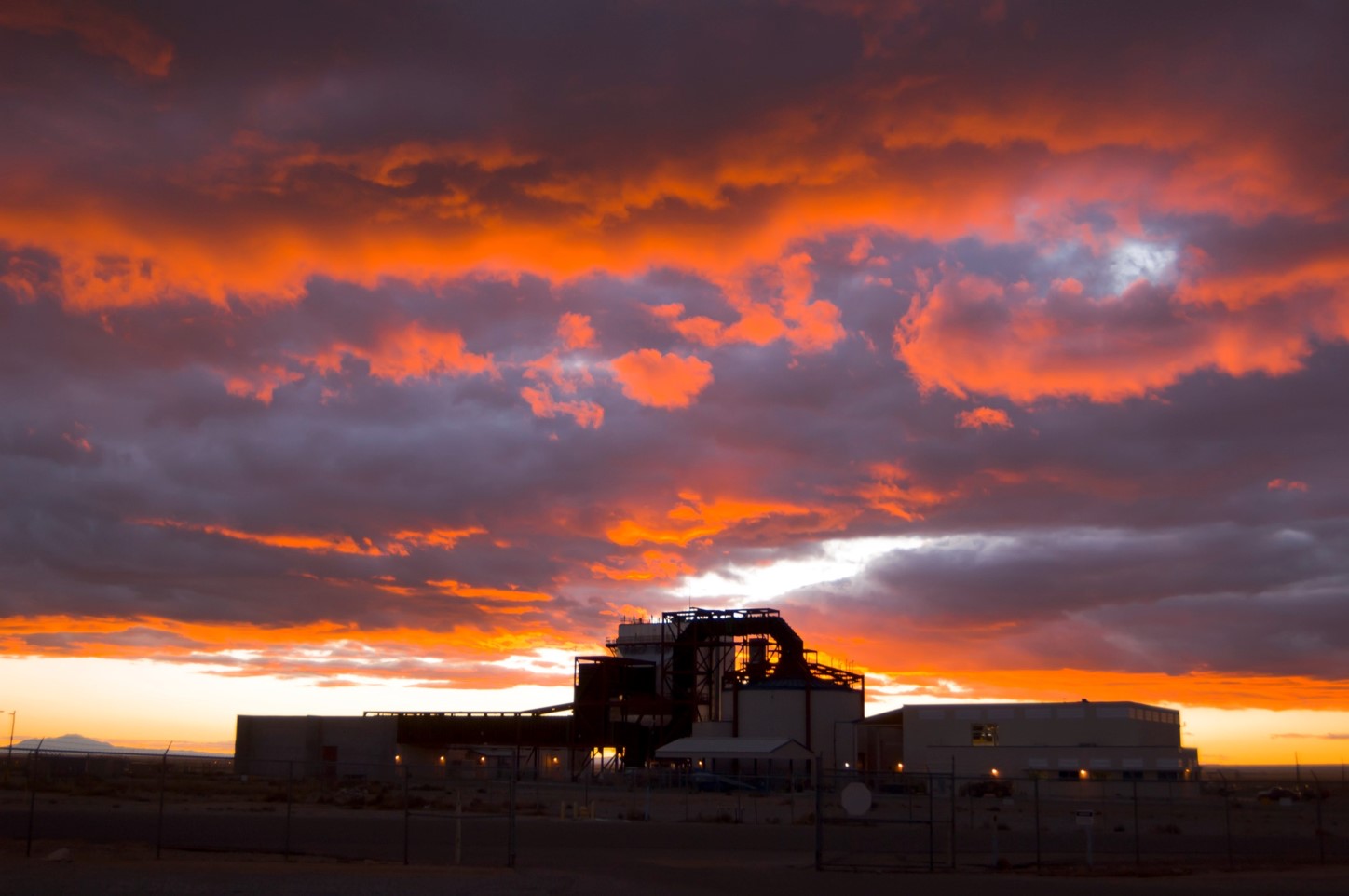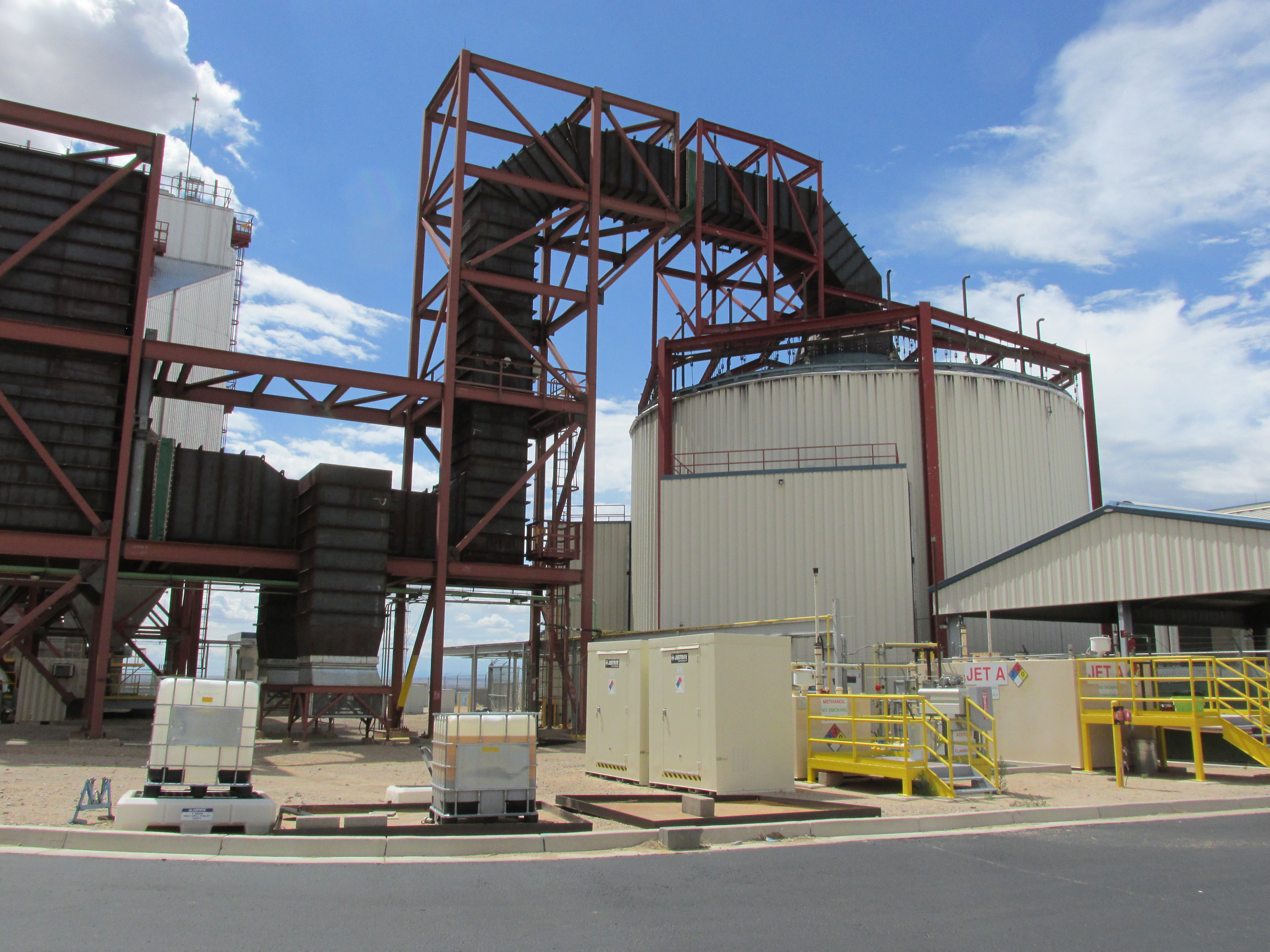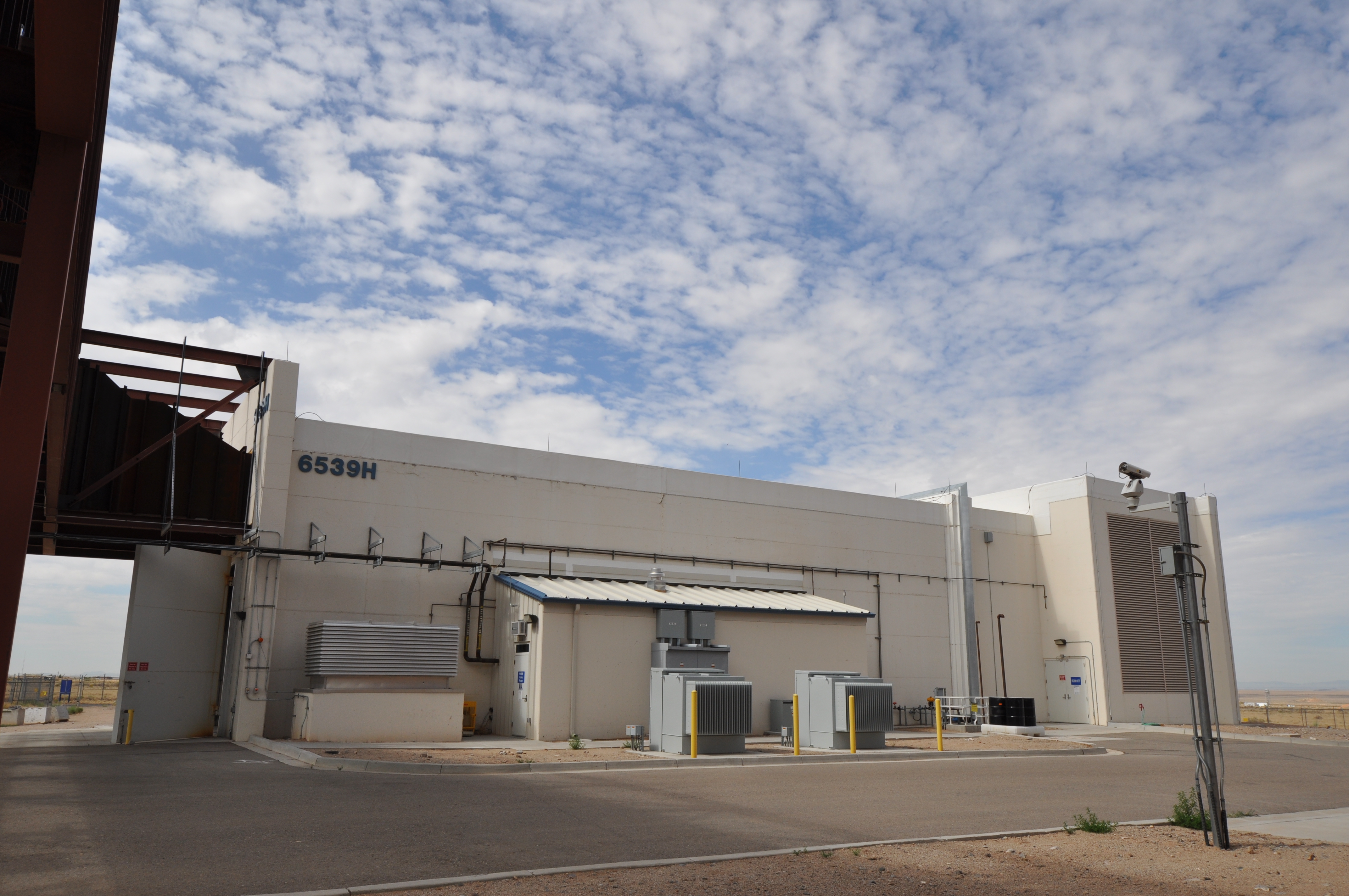The Thermal Test Complex (TTC) was designed to serve as an international resource for validation of fire physics models as well as the nuclear weapons complex hardware qualification facility for fires. This $40-million facility, completed in the winter of 2005, offers one-of-a-kind capabilities and positions SNL as a technical leader in the fire science community. Experimental fire research, validated modeling tools, and phenomenological model development capabilities form the basis of an integrated capability to solve high-consequence problems in fire prevention, fire consequence analysis, and fire mitigation (firefighting).

The Thermal Test Complex (TTC) serves two functions: to evaluate the thermal loads from fire environments and the multi-physics response of hardware subject to fires. The facility has been designed to study quiescent large-scale combustion events as well as to assess the effect of wind driven fires. Fires include hydrocarbon liquid, combustible solids, and propellant fires.
Quiescent (calm) wind fire experiments are performed in the seven-story, 60-foot diameter FLAME test cell that has water-cooled walls and well controlled/characterized airflow equipment. Laser diagnostic equipment is used in the cell to help understand the burning process. Systems to allow jet fuel, methanol, and other liquid fuels such as hydrogen, methane, and other gas fuels are part of the design. A 5.2 Megawatt (MW) electrical capability in FLAME allows for testing using radiant heat lamps and silicon carbide rods.

The Crosswind Test Facility, or XTF, is a 25-ft high by 25-ft wide by 84-foot long facility that is an indoor “fire wind tunnel” for testing objects with hazardous components (including explosives) at wind speeds up to 20 mph. Built with 30-inch reinforced concrete walls and special refractory concrete, the XTF also has radiant heat test capabilities.

The TTC includes a control room, a stand-alone 5.2 MW Radiant Heat Test Cell for performing high heat flux experiments, office space, a shop, assembly areas, smaller labs, and test areas.
An important feature of the Thermal Test Complex is a state-of-the-art air-cleaning system, called an electrostatic precipitator (ESP). The $3 million, state-of-the-art system was added on a voluntary basis by Sandia to reduce environmental impacts as much as possible. The high-efficiency air filtration system uses electrical charges to trap particles from fire emissions from both FLAME and the XTF test cells and divert them to a collection tank.